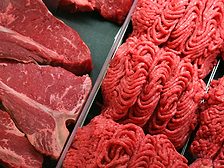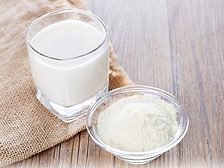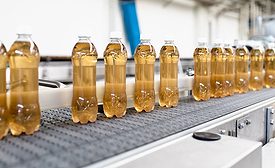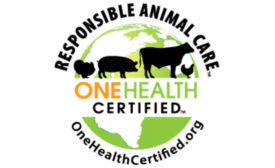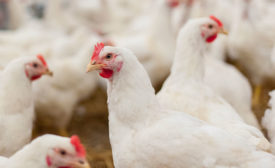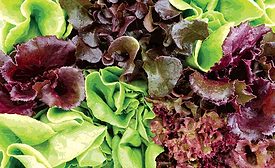Food Type
Spotlight
Back to the Future: From STEC to Salmonella
Five hard-won keys to reducing the presence of pathogens
April 16, 2021
LEEB
Winning the Fight against Pathogens on Spices
Low-energy electron beam (LEEB): A breakthrough microbial reduction technology
April 15, 2021
Low Moisture
Cronobacter: Pathogen Considerations beyond Salmonella in Dairy Powders
Low-moisture foods present challenges for pathogen control.
April 15, 2021
Never miss the latest news and trends driving the food safety industry
eNewsletter | Website | eMagazine
JOIN TODAY!Copyright ©2025. All Rights Reserved BNP Media.
Design, CMS, Hosting & Web Development :: ePublishing


